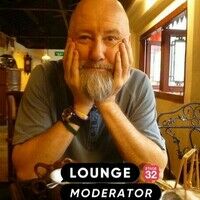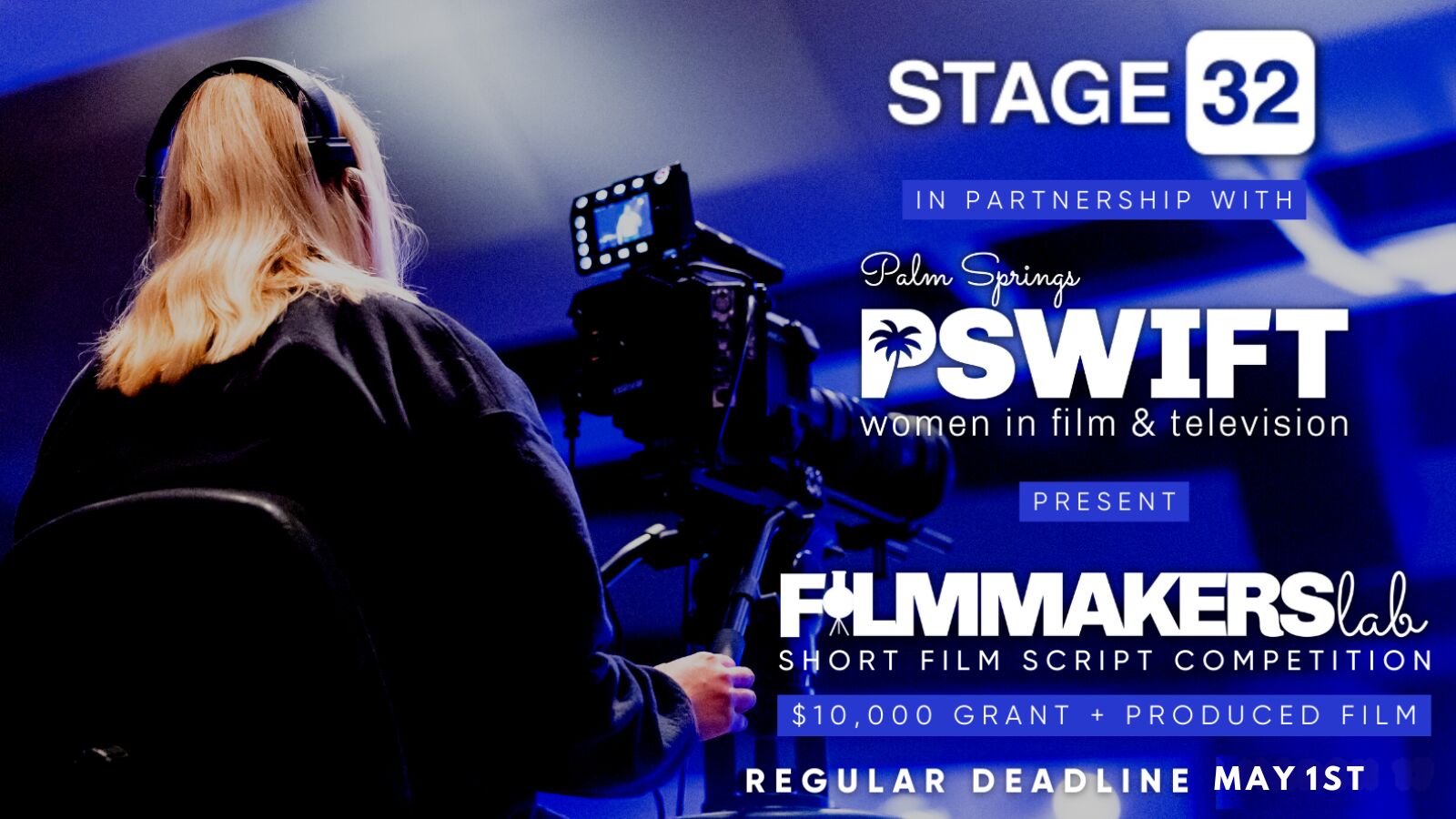Further to my exploration into Japanese Noh Masks, I came across this section in Udaka’s book ‘The Secrets of the Noh Masks’. He outlines the process of wearing the mask and getting into character.
Donning the Mask:
“Prior to taking the stage, the shitay [the lead protagonist] is dressed in costume and proceeds to the kagami-no-ma. This room is behind the curtain known as the agemaku that is raised and lowered each time an actor appears or exits the stage. As the name suggests, it contains a large mirror (kagami). While waiting for his cue, the shitay positions himself in front of the mirror to concentrate his mind, takes the mask reverently in his hands, and brings it to his face. In that instant, he is transformed into the protagonist of the story. Thus the kagami-no-ma functions as a ritual space where the magical powers of the Noh mask are instilled in the actor.”
This was the actor’s ritual or practice in a form of theatre that dates back to the 14th and 15th Centuries in Japan. What practice or ritual do you have to get you ‘in character’? Do you sense any ‘magical powers’ at work?
Below is a link to another post about my research of the Japanese Noh Plays, that I’m undertaking for a new project.
https://www.stage32.com/lounge/screenwriting/What-Lies-Beneath-the-Surface



1 person likes this
An example of a Noh Mask
1 person likes this
Fascinating! Always so interesting to see all the different methods from around the world.
1 person likes this
That's really cool. Thank you for sharing!
1 person likes this
The Hannya mask represents jealous female demon, serpent and sometimes dragon in noh and kyōgen Japanese traditional theater plays and Shinto Kagura ritual dances. It has metallic eyes because it is not human and it is one of the most recognizable. This mask represents female rage and pain, and it is used when a particular character needs to be invoked. These two emotions are difficult to capture at the same time. It represents female obsessed with a devil or taking a devil form of being. The cool thing about Noh masks is that when the mask is held straight ahead, it looks angry. When the mask is held a little down it looks sad.
1 person likes this
That's so interesting, Geoff Hall! When I would perform in community theater as a kid, I often took a moment or two in the wings before I had to tune in and start listening for my entrance cues, to just breathe and allow myself to fall into character privately before stepping out. It always helped me and I truly believe that having space for quiet transformation can be so important, especially when playing a character that is so different than who you are as a person.
1 person likes this
Ashley Renee Smith I wish I had known this method before I played my last theatrical acting role. I was in a Passion play in Bristol and played Judas. No one else wanted the role, but it was too juicy to turn down!
2 people like this
I often listen to specific music or playlists depending on the character.
1 person likes this
James Sutherland Hi James, this is a bad photograph (sorry) of the Shinja mask and she is, according to my Noh Mask Book, “more nightmarish than Hannya…Shinja is a vengeful, violent, vile spirit, a malevolent monster who rains catastrophe on the living.” Well, that’s what you call a fully-rounded character, I guess.
1 person likes this
Niki H, that's a great tip! I've done that while writing, but not performing.
Niki H Hi Niki, I used to do that a lot in the early days of my writing practice, to sustain a mood.
I nap beforehand then amp myself up by having a conversation with the persona.